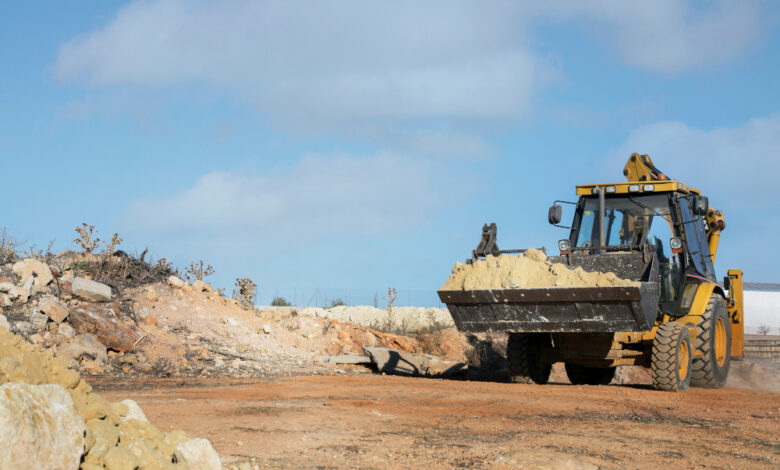Ground Improvement Solutions for Challenging Soil Conditions

As development continues across diverse terrains, not every construction site begins with ideal soil conditions. Builders frequently encounter soft, loose, or waterlogged ground that lacks the strength needed to support structural loads. These conditions can lead to uneven settlement, cracking, and long-term performance issues if not addressed properly.
Fortunately, modern ground improvement techniques are designed to reinforce these weak soils and deliver dependable, long-lasting results. The right method not only enhances the ground’s load-bearing capacity but also reduces construction time and cost.
Effective ground reinforcement is essential to long-term success when preparing for residential, commercial, or infrastructure builds. Explore the full article to see how this approach can support complex construction needs from the ground up.
Improving Soil Density for Stronger Foundations
One of the key goals of ground improvement is to increase the strength and stiffness of existing soils. This becomes especially important in areas where traditional shallow foundations are not viable due to weak or inconsistent layers.
By targeting specific zones beneath a proposed structure, engineers can increase load-bearing performance without excavating large volumes of earth. Techniques designed to compact or reinforce the soil contribute to a stronger foundation base and reduce the likelihood of uneven settlement. Improved soil density leads to more reliable structures and supports a wider range of architectural designs.
Mitigating Settlement Across Large and Uneven Sites
Settlement occurs when the soil beneath a building compresses over time, often causing structural problems like cracking or sloping floors. Sites with variable ground conditions are especially prone to this issue. A carefully engineered solution that spreads loads and densifies soft areas can greatly reduce this risk.
By reinforcing targeted zones of the site, developers gain control over how the ground behaves during and after construction. This ensures that structures remain level, safe, and supported, even in environments with complex subsurface profiles.
Supporting Load Requirements Without Deep Excavation
Traditional piling methods often require significant drilling and removal of soil, which adds time, cost, and disruption to a project. In contrast, some modern solutions allow for reinforcement without extensive excavation. This is especially beneficial in urban environments or where access is restricted.
By strengthening soil in situ, rather than replacing or removing it, developers can meet structural load demands without introducing additional complexity. Efficient installation also reduces the need for heavy equipment or multiple subcontractors, streamlining the overall workflow.
Environmental and Noise Considerations on Active Sites
Construction near residential areas, schools, or hospitals presents challenges in terms of noise, vibration, and environmental impact. Ground improvement solutions that minimise surface disruption and noise are ideal in these sensitive locations.
The use of methods that rely on vibration or compaction rather than excavation helps preserve nearby structures, utilities, and landscapes. With fewer disturbances, projects move forward without unnecessary interruptions or complaints. These quieter, cleaner systems also align better with sustainability goals, helping reduce the carbon footprint of the early construction phase.
Adapting to a Wide Range of Project Types
Flexibility is a major advantage when working with variable ground conditions. Whether a site is preparing for housing developments, warehouses, roads, or public facilities, the ability to adapt reinforcement strategies is crucial.
Projects with tight schedules or complex layouts benefit from solutions that are tailored to specific loads and soil compositions. Engineered ground treatments can be scaled for small lots or wide tracts of land, providing the same stability and assurance regardless of project size. This adaptability helps developers maintain momentum and deliver results on time.
For construction projects requiring effective reinforcement without the delay or disruption of deep foundations, Vibro Stone Columns offer a solution that increases stability, minimizes settlement, and supports efficient project delivery across a range of ground conditions.





